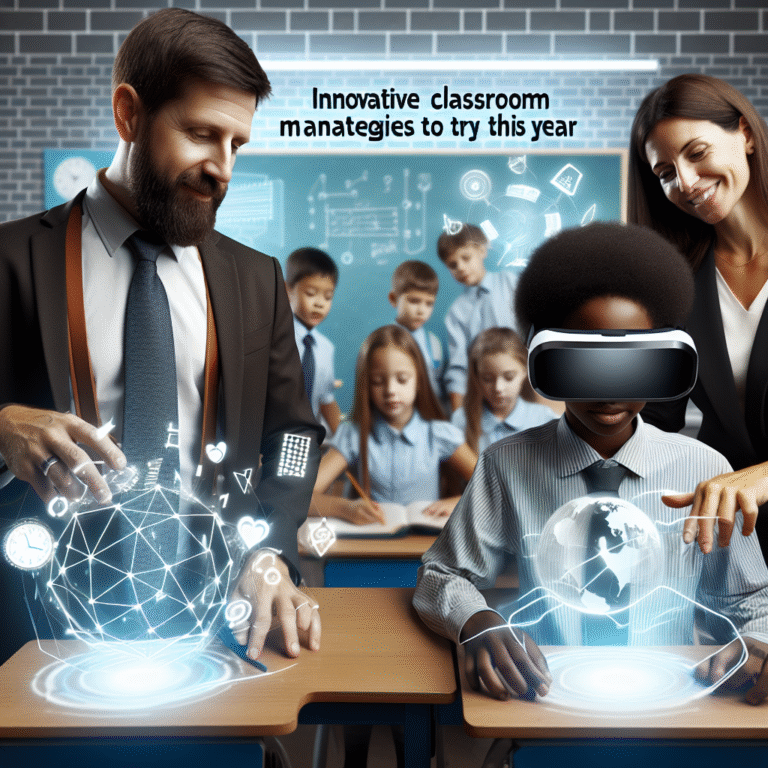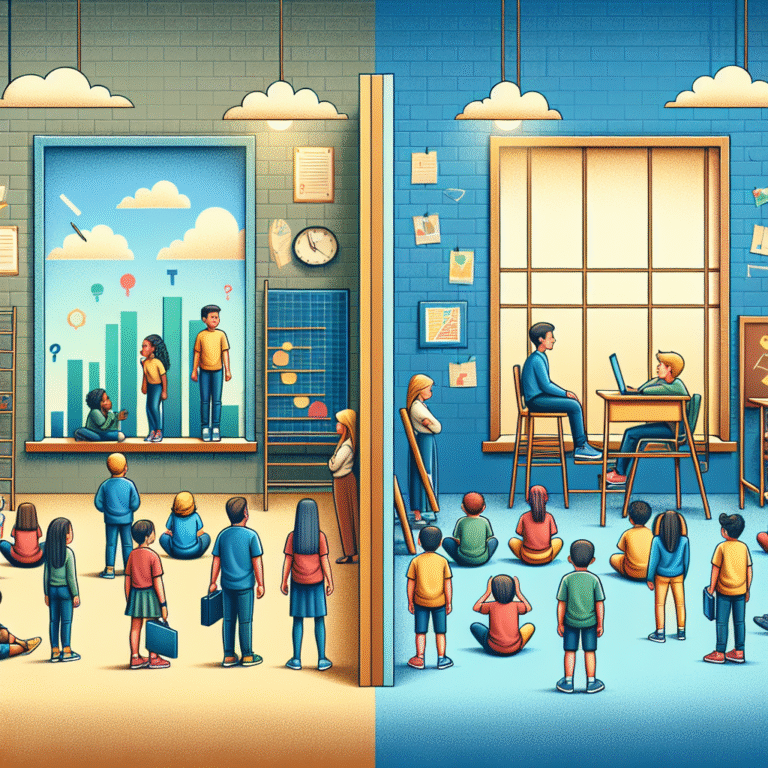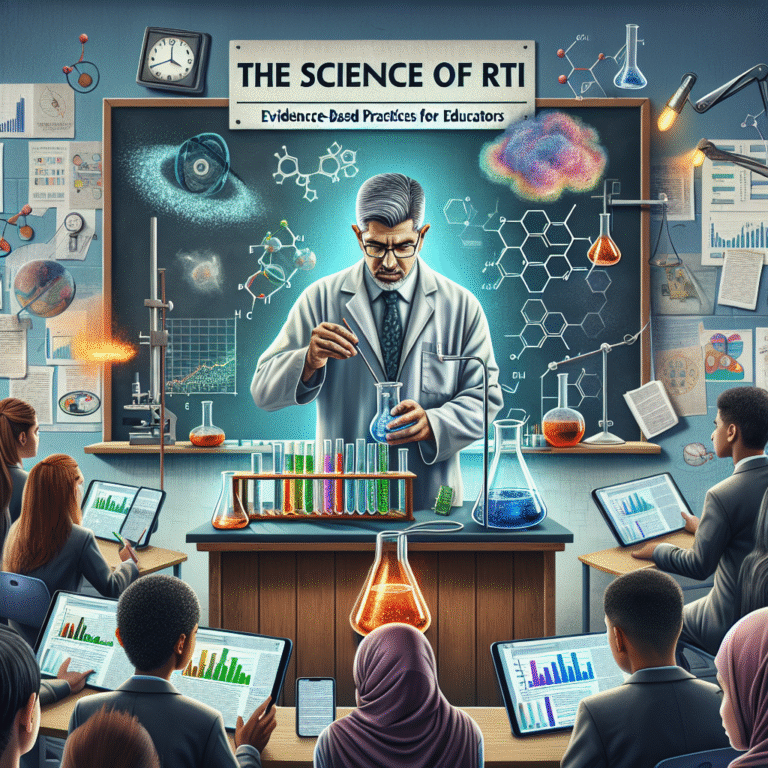
Introduction
In an era where uncertainty seems to be the only constant, the ability to navigate change is more crucial than ever. Crises—be they personal, societal, or global—can leave individuals feeling overwhelmed, disconnected, and vulnerable. However, there is a powerful tool at our disposal: Social-Emotional Learning (SEL). Understanding the impact of SEL during these tumultuous times is essential for fostering resilience, empathy, and adaptability. This article delves into Navigating Change: The Impact of Social-Emotional Learning during Crisis Situations, offering insights, real-world case studies, and actionable strategies for harnessing the power of SEL in moments of crisis.
The Relevance of Social-Emotional Learning in Times of Change
When facing challenges, our emotional and social skills often dictate our ability to adapt and thrive. That’s where SEL comes into play. Defined as the process through which individuals learn to understand and manage emotions, establish positive relationships, and make responsible decisions, SEL provides a framework for navigating life’s ups and downs.
Why SEL Matters During Crisis Situations
- Emotional Regulation: During crises, emotions can run high. SEL equips individuals with tools for identifying and managing their feelings, leading to better decision-making.
- Social Connectivity: Crises can lead to isolation. SEL fosters relationship-building, helping individuals reach out and stay connected.
- Adaptability: Change can be daunting. SEL teaches resilience, empowering individuals to adapt in the face of adversity.
The Science Behind SEL
Research supports the benefits of SEL, highlighting its impact on mental health, academic performance, and overall well-being. According to a study published in the journal Child Development, students who received SEL training outperformed their peers on both academic and emotional fronts.
| Key Findings | Impact of SEL |
|---|---|
| Improved Academic Performance | Higher grades and engagement |
| Enhanced Emotional Well-being | Lower rates of anxiety and depression |
| Better Relationships | Increased social skills and empathy |
A Glimpse into a Real-World Case Study: SEL in Action
Case Study: Responding to a Natural Disaster
In the aftermath of Hurricane Harvey, educators in Houston integrated SEL into their curricula. Schools organized workshops focusing on emotional expression, coping mechanisms, and community-building activities.
Relevance: By prioritizing SEL, these schools reported not only academic improvements but also significant increases in student well-being and community cohesion.
Strategies for Implementing SEL during Crisis Situations
1. Create Safe Spaces for Expression
Action Plan: Schools and organizations should dedicate time for open dialogues, allowing individuals to express their emotions related to the crisis.
2. Foster Peer Support Programs
Action Plan: Encourage students to participate in peer mentoring or buddy systems, cultivating a culture of care.
3. Integrate SEL into Curricula
Action Plan: Implement SEL-focused lessons that equip individuals with skills to manage emotions, resolve conflicts, and make responsible decisions.
4. Engage Families
Action Plan: Host workshops or provide resources for families to support SEL at home, reinforcing the skills learned in the classroom.
5. Assess and Adjust
Action Plan: Regularly evaluate the effectiveness of SEL programs and adapt strategies based on feedback and outcomes.
Navigating Change: The Impact of Social-Emotional Learning during Crisis Situations
The crux of this article lies in understanding how SES fosters navigation through change. During a crisis, individuals often encounter a range of feelings, from fear to anger, to sadness. Here’s how SEL helps:
Emotional Awareness and Management
By developing emotional awareness, individuals can better identify their feelings and those of others, a critical skill during crises. SEL teaching strategies that focus on self-reflection, such as journaling or mindfulness practices, can be particularly effective.
Building Empathy
Empathy is a cornerstone of SEL. During crises, individuals are more likely to exhibit compassion and understanding, strengthening community ties. Utilizing empathy-building exercises, such as perspective-taking activities, can enhance emotional intelligence.
Encouraging Positive Relationships
SEL promotes skills like communication and teamwork, essential for strong relationships. During challenging times, individuals who can connect positively with others are better equipped to rally support and resources.
Analyzing the Impact: A Comparative Study
To further illustrate the significance of SEL, consider this comparative study examining two schools during a crisis.
| School A (No SEL) | School B (With SEL) |
|---|---|
| High absenteeism | Decreased absenteeism |
| Increased behavioral issues | Improved conflict resolution |
| Negative student feedback | Positive student feedback |
Conclusion: Actionable Insights
Navigating change is never easy, especially during crisis situations. The role of Social-Emotional Learning is vital; it equips individuals with the tools necessary for resilience and adaptability. By fostering emotional intelligence, empathy, and relationship-building, SEL becomes an essential catalyst for growth and healing.
By implementing SEL strategies, communities will not just survive a crisis but emerge stronger, more connected, and better prepared for future challenges. It’s time to recognize Navigating Change: The Impact of Social-Emotional Learning during Crisis Situations as an essential component of any crisis management strategy.
FAQs
1. What is Social-Emotional Learning (SEL)?
Social-Emotional Learning (SEL) is the process through which individuals learn to understand and manage emotions, form positive relationships, and make responsible decisions.
2. How does SEL benefit students during crises?
SEL helps students regulate emotions, build resilience, foster relationships, and navigate challenges effectively, leading to improved well-being and academic performance.
3. Can SEL be integrated into remote learning?
Absolutely! Many SEL activities can be adapted for online platforms, such as virtual check-ins, mindfulness exercises, and collaborative projects.
4. How can parents support SEL at home?
Parents can encourage emotional expression, model empathy, and engage in family discussions about feelings and coping strategies.
5. Are there specific SEL programs to consider?
There are various evidence-based SEL programs available, such as the Collaborative for Academic, Social, and Emotional Learning (CASEL), that provide structured frameworks for implementation.
In conclusion, as we navigate through inevitable changes and crises, embracing and prioritizing Social-Emotional Learning will not only support individual growth but fortify our communities as a whole. Through understanding and action, we can transform crises into opportunities for connection, resilience, and positive change.












